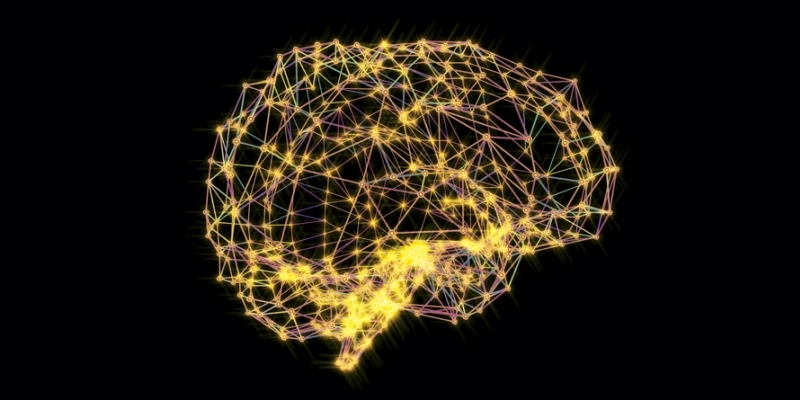The Mind-Body Connection
PHOTO CREDIT: GETTY IMAGES
Treating the brain and the mind, neuropsychiatrist W. Curt LaFrance Jr., M.D., M.P.H., helps patients with a “biopsychosocial-spiritual model” for seizures.
From his office in Providence, Rhode Island, W. Curt LaFrance Jr., M.D., M.P.H., talks with a patient in Houston on a high definition camera. He watches the veteran intently, inquiring about his seizures. At first the veteran is hesitant, but by the end of the call, he is visibly more relaxed. This is all in a day’s work for LaFrance, who uses his neuropsychiatrist skills to help empower patients to take a more active role in their healthcare. “I’m treating the patient at the nexus where the brain and the mind meet,” he says. “In our clinical trials, we found that patients who receive psychotherapy for seizures in addition to medical treatment had a greater reduction in seizures and co-occurring depression and anxiety, and they had an improved quality of life.”
LaFrance is a professor of psychiatry and neurology at Brown University, directs the Division of Neuropsychiatry and Behavioral Neurology at Rhode Island Hospital, has a neuropsychiatry clinic at the Providence VA Medical Center, is the clinical lead for the VA National Telemental Health Center Tele-Seizures program, and works with the VA Epilepsy Centers of Excellence. He also leads a pilot study of veterans and civilians with epilepsy. Through his work, he has witnessed life changing transformations.
Since completing his residency at Brown, LaFrance has used an integrative medicine approach a “biopsychosocial-spiritual model” which he applies to the treatment of veterans and civilians with epilepsy. Under his guidance, trained providers around the country are treating patients with Taking Control of Your Seizures: Workbook (which he co-authored with the Andrews/Reiter Epilepsy Research Program) to record seizure episodes. In the process, they learn to identify auras and explore emotional and physical issues that may trigger seizures. Beyond chronicling physical symptoms, the workbook encourages self-awareness and the development of interpersonal coping techniques. In the process, patients learn to talk about more than just their seizures. They find the confidence to explore their fears and concerns about life. “The work we do provides a sense of self that many patients haven’t had before,” he says. “People have told me that they feel like they’re at the end of the line and have exhausted all the resources. I encourage them that there is hope for them to have meaningful lives, even if seizures persist.”
Originally printed in EpilepsyAdvocate, Fall 2017.
Categories : From Our Magazine
Tags : Blog





